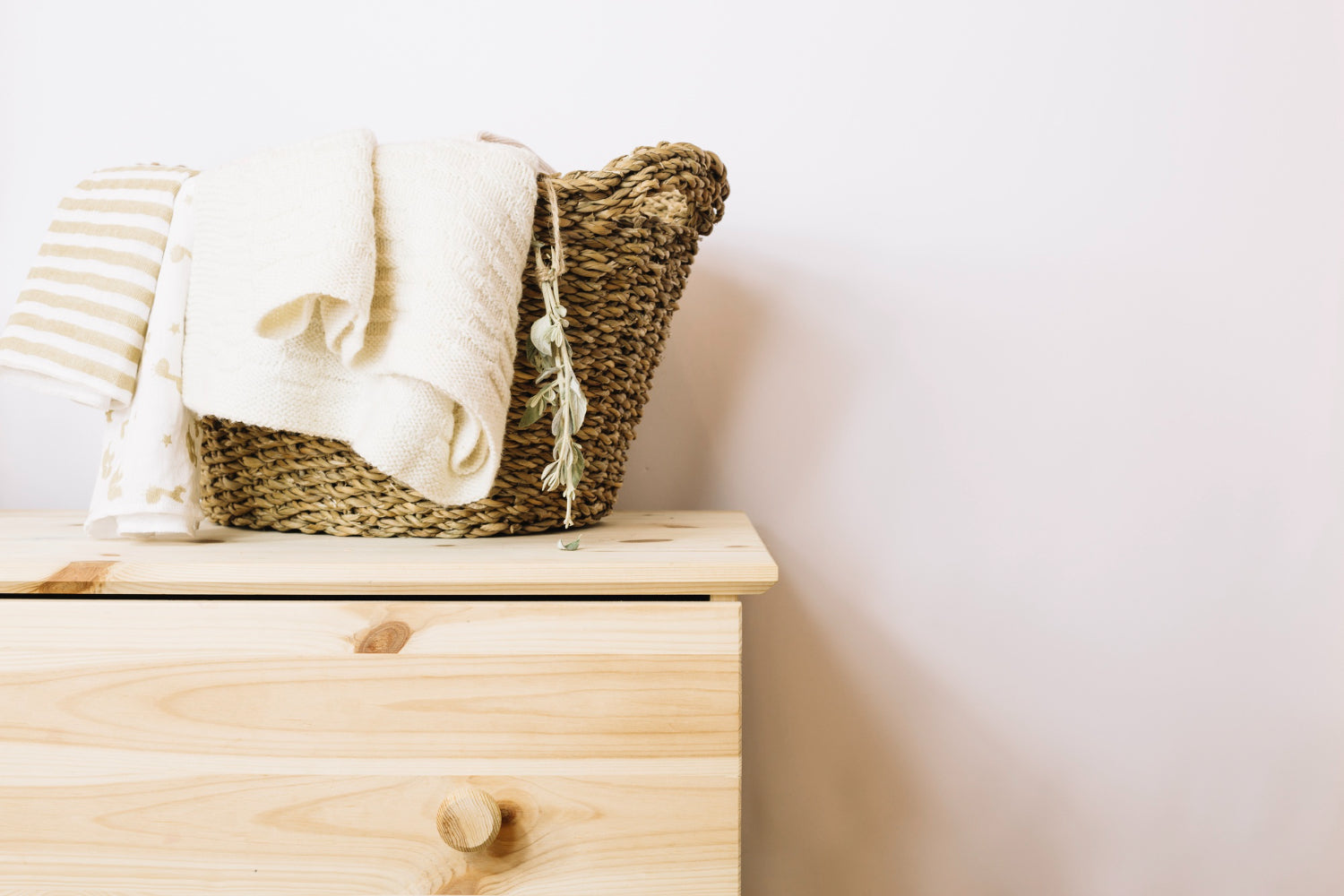How to disinfect and care for your cleaning cloths: breaking the chain of germs in your home.
Milk spilled on the counter kitchen and we wiped it with a cloth. Splash the tomato that you are cooking and clean it with the same cloth. Water falls on the floor and what do you do? You also take the cloth and clean it.
And, what's more, you also pick it up to clean the crumbs from the table where you just finished eating. Does it sound familiar to you? It is also likely that, between one act and another, you don't even rinse the precious cloth. And spend days and days wet in the sink of the kitchen without you hardly remembering it. The worst thing about this situation is that day after day, silently and without you knowing it, the germs and in reality, what you do is clean with a dirty cloth, spreading the accumulated germs to every corner of your home.
Luckily, there is a remedy to break this "germ spread" chain and that is essential for prevent an infection. It is enough to carry out some good practices.
"While we think of cleaning cloths as tools to help us clean surfaces hygienically, research clearly shows that these tools easily pick up dirt and germs and can actually act as a means of spreading them. to hands and other surfaces if we do not care for them and use them properly," explains the International Scientific Forum on Home Hygiene ( IFH ).
In fact, experts say that Cloths become heavily contaminated during use, so if they are left wet for several hours and not decontaminated, bacteria can grow on their surface. Yes indeed, Disinfecting a cloth is not the same as cleaning it. According to experts, the second does not imply the first so do not think that by throwing the cloth in the washing machine you will be leaving it spotless.
First disinfect and then clean
"Bacteria adhere strongly to the fibers of the fabric, with the result that detergent-based cleaning alone is not sufficient," the agency warns. Therefore, to clean the cloth well, it requires first disinfecting it. This step should be taken immediately after each use with an effective disinfectant (for example, our Oxygen Booster Nº4 or drying at 80 degrees for 2 hours.
In this sense, the microwave It is your great ally. "Studies suggest that the microwave at full power for at least 2 minutes can also be used to disinfect cloths," says the entity. If you are going to disinfect with this small appliance, you must keep in mind: that the cloth must be wet or it may burn and that it is advisable to place the contaminated cloths in a covered container.
Once you know how and when to definfect, How to keep cloths clean? Take note of the IFH advice:
- The key point is to make sure that when you pick up a cloth to clean, you know that it is disinfected.
- Don't use the same cleaning cloth throughout the house. And not for the same tasks either. That is, if you use the cloth to clean the dirt that has remained on the ceramic hob after having cooked food, then do not use it to leave the countertop shiny.
- You should always clean the cloth after it has come into contact with raw food, or after cleaning surfaces that have come into contact with it.
- Use disposable cloths whenever possible. For example, in the event of vomit or spoiled food that has accidentally been spilled.
- Clean the entire kitchen when you're done. Then, disinfect the cloth and put it in the wash. To do this you have several options:
- Rinse the cloth with our universal cleaner N 410 and hot water. Then leave it submerged in boiling water for two minutes.
- Put it in the washing machine on a program that has a minimum temperature of 60 degrees. You can use any of our laundry soaps or our Oxygen Booster Nº04
- Another option is to rinse well with soap and hot water and add a disinfectant.
In addition to all this, and the most important thing, is that the rags dried immediately after decontamination and stored dry until further use.













